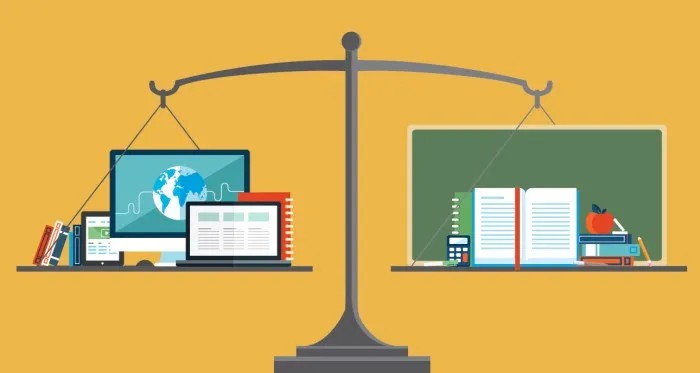A global learning crisis has resulted from the pandemic’s catastrophic disruption of the current education system. Nearly 1.2 billion children globally are no longer enrolled in school. These conditions are driving innovation and adaptation. Education has changed dramatically as a result. Around the world, e-learning has become increasingly popular. Online learning software, language apps, virtual tutoring, and virtual conferencing are on the rise. Numerous research studies have shown an increase in the retention of online learning.
There are various loopholes in the traditional education system, such as:
Conservative approach: From our very first day at school, we learn what to wear, how to sit, when to eat, how to talk. Discipline is critical for young minds, but it ties them to a process they later find difficult to break free. It is wired to the brain to learn to follow instructions to get things done and become incapable of thinking outside the box. Nevertheless, it is essential to think outside the box and take a pragmatic approach to solve problems to excel in the modern world.
Lack of time management and accountability: At school, how the child will spend every minute is governed by the school. Everything is pre-structured for the students. In turn, this becomes the cause of many students being unable to manage their time efficiently and ask doubts. It prevents them from taking charge of their lives and taking responsibility for their deeds, thus becoming a significant factor in their aberration later.
Learning is not always authentic: The teaching is majorly exam-oriented based on memorization and rote learning. While students can retain only a few topics post-examination, education should be much more profound than memorizing and retention. It should mould the way a person thinks. There are tools like maths solver in online learning to help them solve their doubts on their own.
The same standard for diverse minds: We all are different, and so are our learning and understanding abilities. Students will be taught the same material in the long hours of lectures. Students get bored and lose motivation as a result. That is a very dated and ineffective method that has been going on for ages now.
Thus, traditional teaching has failed to instil skills such as creative thinking and adaptability in students. It is high time to change. Some of the significant institutions in the ed-tech sector are trying to come up with different ways to pitch this gap. As a result of the pandemic, there will be new changes in the industry. There are many apps like snapsolve, which can help to clear doubts. Almost all problems can be solved with the help of online learning as it gives more extensive exposure to the students and allows them to come up with their solutions to problems. It encourages them to have a pragmatic approach while dealing with significant issues in the real world.
In order to make learning more engaging, teaching should go beyond the simple emulation of traditional methods via videos. Instead, different tools such as games, stories, and other engagement strategies should keep the classes interesting, engaging, and motivating. If an adequately framed structure exists throughout the education system, physical and digital learning modes can complement each other.




